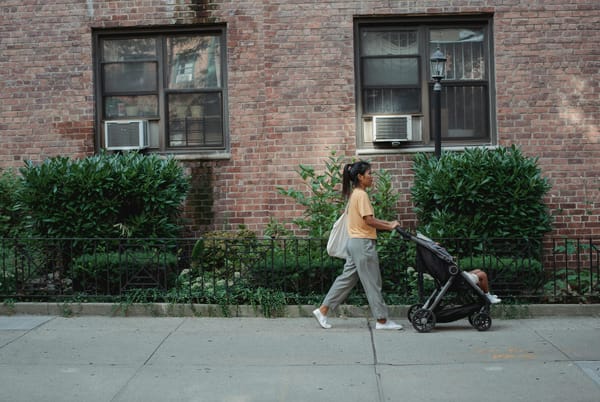Media reports generally give the impression that families with a stay-at-home parent fit a particular mold: white, rich, and Republican. The New York Times, for example, recently published a story with the title: “Not Just More Babies: Republicans Want More Parents to Stay Home.” It noted that some in the Trump Administration believe “stronger families are formed … when a parent stays home.” These types of stories give a misleading idea of who stay-at-home parents really are, thus causing needless polarization around family policy that can support American families in all their diversity.
First, many families with a stay-at-home parent are not wealthy. Extensive research by the Institute for Family Studies reflects that the income distribution of stay-at-home parents forms a “U-shaped” curve, with both wealthier and poorer moms being more likely to stay home than middle-class mothers. The iconic stay-at-home mom is not a billionaire’s wife on Fifth Avenue, but rather an ordinary mom in a Midwestern town (who may or may not be white or American-born, given high numbers of immigrant stay-at-home parents) struggling to balance the home budget.
Nor are stay-at-home parents exclusively women. In 2023, Pew found that almost 20 percent of stay-at-home parents are fathers. We at the think tank Capita recently conducted research into these dads. They defy expectations. One of the dads we talked to told us: “I cook 80 percent of the food that goes in anybody’s mouth in this house. And some of the gentlemen I go to church with … haven’t even made a meal in their own kitchen in 20 years.” Stay-at-home parents often get caught up in debates about feminism and women’s advancement. How much would it change the conversation if we realized that many of them are men?
